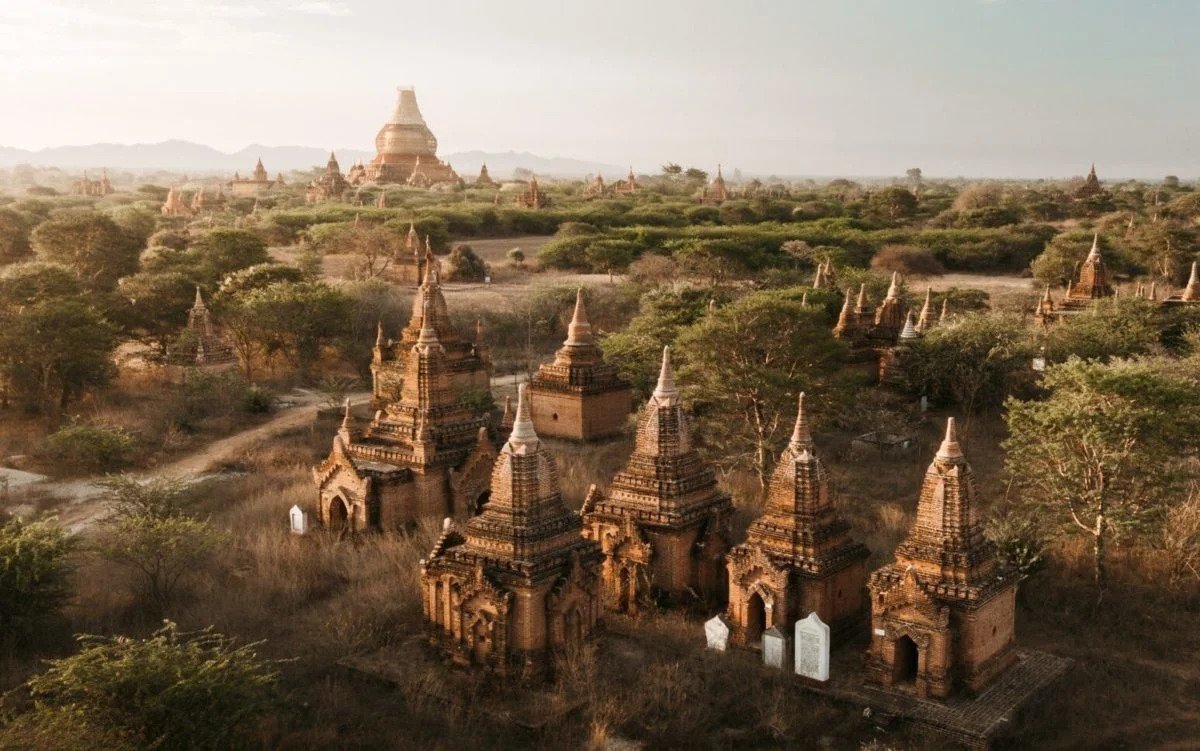

12th century - 1948
The History of Pagoda Slaves
So-called pagoda slaves or paya kyun have a long history in Burma/Myanmar. The first pagoda slaves were the descendants of war captives seized in the expansionist wars of the 12th century Bagan Empire. (In pre-modern Southeast Asia, land was plentiful, but labour was scarce, so wars were often fought to secure people rather than places).
According to the inscriptions in Bagan, vast numbers of conquered peoples were donated by victorious kings for the maintenance of pagodas and shrines. Their work included sweeping the temple, maintaining the stupa, and preparing offerings for the Buddha. But, as time passed, these communities swelled with people who could not pay their debts, captives from elsewhere, and even people who voluntarily donated themselves to the maintenance of a pagoda.
Unlike in the Atlantic slave trade in the 18th century, in Burma the designation kyun or “slave” was not tied to a particular race or ethnicity, and, in theory, everyone was a slave of the ruling king. The Burmese word for the first-person pronoun “I” (kyun-daw) which translates literally to “royal slave”.
In practice, the paya kyun (along with other groups such as the sandala myo which included grave-diggers and prostitutes) came to designate a lower social class not unlike Dalit caste status in South Asia. But, unlike Dalits, there are many examples of pagoda slaves successfully hiding their paya kyun background to achieve greater wealth or success in Burmese society, thereby achieving a higher degree of social mobility.
There is a common urban legend about a pagoda slave turned wealthy businessman who returns to his native town and at night he must sweep the pagoda grounds and prepare offerings by candlelight. In pre-modern Burma, discrimination against paya kyun was still rampant and there was always a belief that any pagoda slave who left his native town for too long would be struck down with leprosy. Some Burmese people also believed that those who who married into a paya kyun family would become slaves themselves.
Under colonialism, the British government attempted to do away with the practice of pagoda slaves but was unsuccessful. After independence, under the new Union of Burma in 1948, president Sao Shwe Thaik officially abolished the practice and, in the 1950s, the government put in place measures to alleviate the poverty of the remaining paya kyun, which were unsuccessful.
Nowadays, prejudice against paya kyun is rare, and many have moved away from their native towns but the legacy of the system lives on in Burmese music, folk-tales, art and films, such as the 2017 blockbuster “Kyun”, in which a wealthy Bagan hotel owner discovers he is a descendant of pagoda slaves. The film upturns the notion of the lowly pagoda slave, however, instead seeing paya kyun status as symbolic of meritorious devotion to the Buddha.